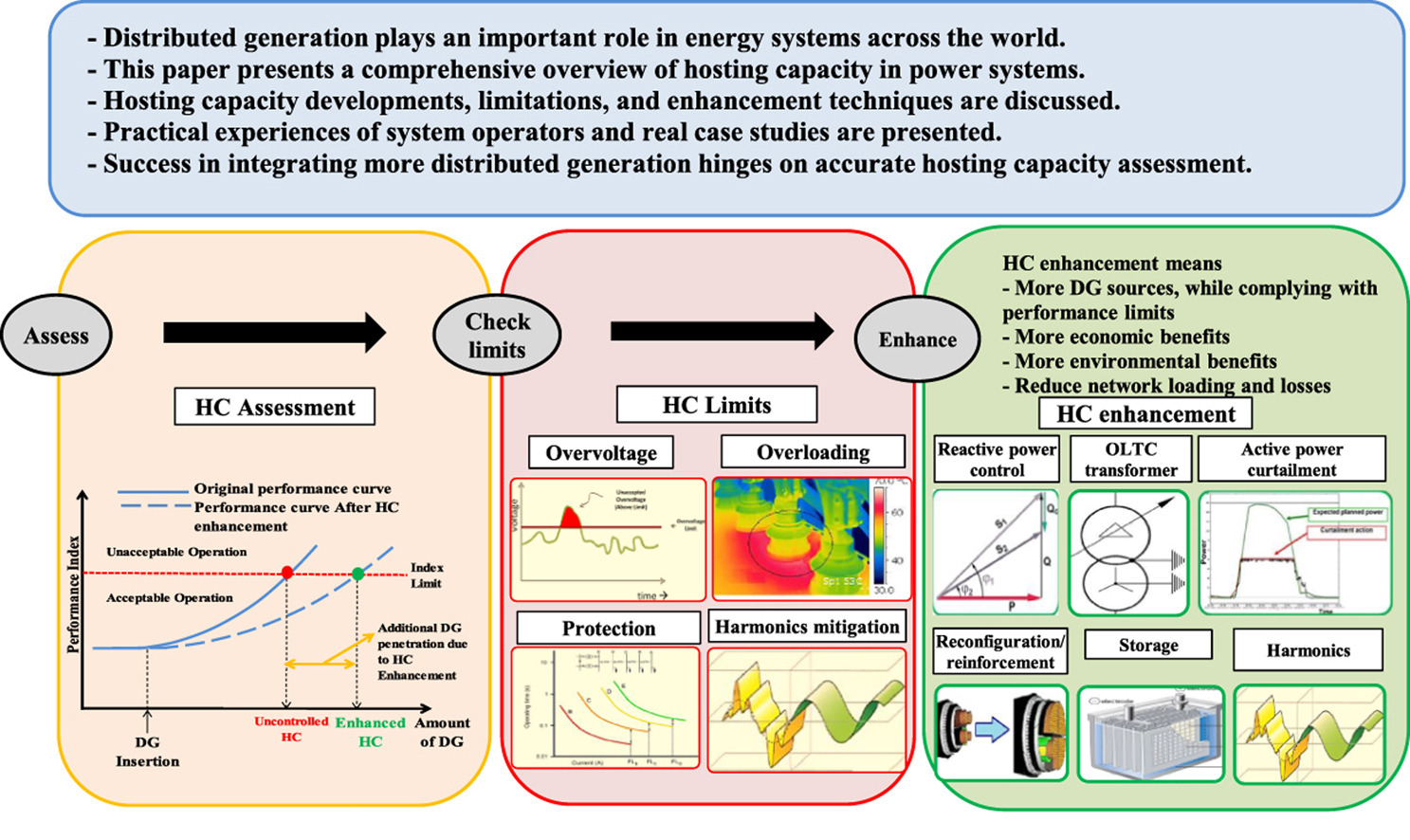The paper investigates the construction of strategies aiming to up-scale low-carbon innovations from pilot to full commercial scale. This requires a systemic understanding of the evolution of the technology along with the organizations and infrastructures supporting its development. Technological innovation systems concepts operationalize system building processes, including the establishment of constituent elements and the performance of key innovation activities.
In the last decades, energy scarcity has become an important issue globally. Renewable energy sources have gained importance due to limited fossil fuel reserves and increased concerns on climate change. In this regard, municipal wastewater is a remarkable energy source since huge amounts of wastewater are generated and treated all over the world every day. Conventional activated sludge (CAS) process, which has been in use for more than a century, is the most widely applied treatment method for municipal wastewater.
Global biodiversity targets have far-reaching implications for nature conservation worldwide. Scenarios and models hold unfulfilled promise for ensuring such targets are well founded and implemented; here, we review how they can and should inform the Aichi Targets of the Strategic Plan for Biodiversity and their reformulation. They offer two clear benefits: providing a scientific basis for the wording and quantitative elements of targets; and identifying synergies and trade-offs by accounting for interactions between targets and the actions needed to achieve them.
The current regime governing Areas Beyond National Jurisdiction (ABNJ) as a global commons has resulted in overutilization of fisheries resources and patchwork attempts to regulate resource extraction. States are looking to expand resource extraction in ABNJs, including marine genetic resources, creating pressures to regulate these activities. As a result, since 2004, the United Nations has been holding preparatory meetings to lay the groundwork for a new international legally binding instrument (ILBI) to address the gaps left by UNCLOS.
The current paper critically reviews the state-of-the-science on (1) microplastics (MP) types and particle concentrations in freshwater ecosystems, (2) MP and nanoplastics (NP) uptake and tissue translocation, (3) MP/NP-induced effects in freshwater organisms, and (4) capabilities of MP/NP to modulate the toxicity of environmental chemicals. The reviewed literature as well as new data on MP and NP concentrations in the river Elbe and on particle uptake into human cells indicate an environmental relevance of small particles in the low nano- and micrometer range higher than that of larger MP.
Microplastics are widespread contaminants, virtually present in all environmental compartments. However, knowledge on sources, fate and environmental concentration over time and space still is limited due to the laborious and varied analytical procedures currently used. In this work we critically review the methods currently used for sampling and detection of microplastics, identifying flaws in study design and suggesting promising alternatives.
Degrowth scholars and activists have convincingly argued that degrowth in developed nations will need to be part of a global effort to tackle climate change, and to preserve the conditions for future generations’ basic needs satisfaction. However, the barriers to building a broader degrowth movement appear to be very entrenched at present. To improve the political feasibility of degrowth it is important to better understand these structural obstacles and develop arguments and strategies to address them.
Currently, renewable energy is rapidly developing across the world in response to technical, economic and environmental developments, as well as political and social initiatives. On the other hand, excessive penetration of distributed generation (DG) systems into electrical networks may lead to various problems and operational limit violations, such as over and under voltages, excessive line losses, overloading of transformers and feeders, protection failure and high harmonic distortion levels exceeding the limits of international standards.
The future role of stationary electricity storage is perceived as highly uncertain. One reason is that most studies into the future cost of storage technologies focus on investment cost. An appropriate cost assessment must be based on the application-specific lifetime cost of storing electricity. We determine the levelized cost of storage (LCOS) for 9 technologies in 12 power system applications from 2015 to 2050 based on projected investment cost reductions and current performance parameters.


